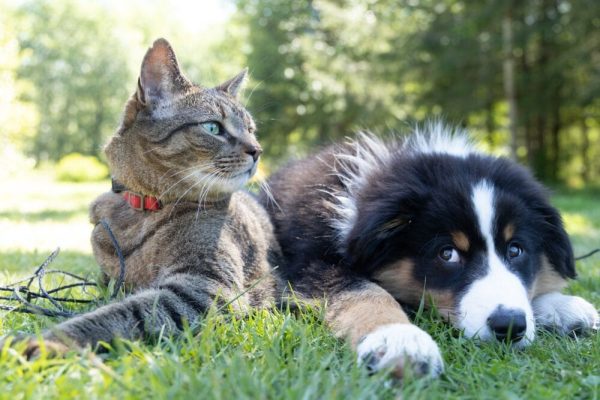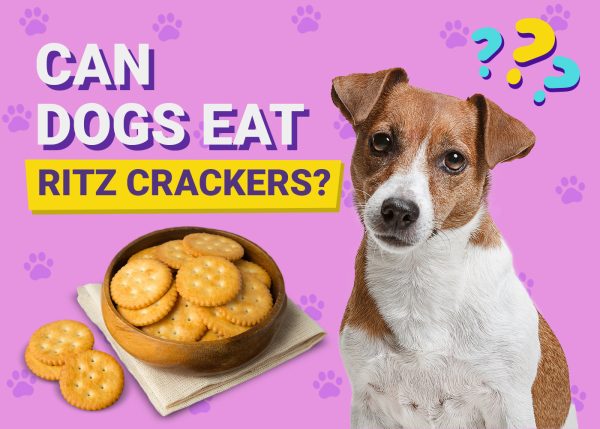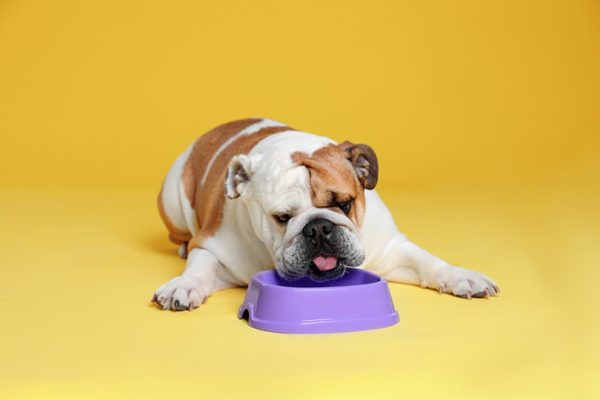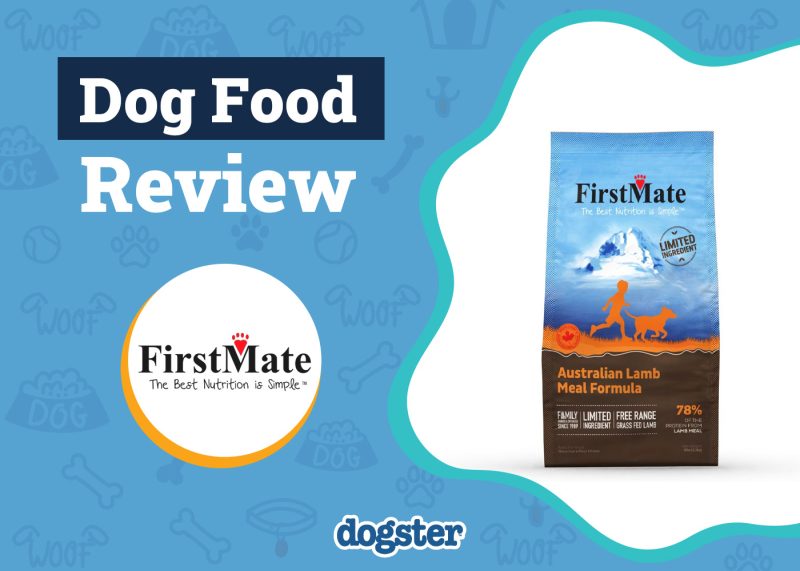In this article
Humans squint to limit how much light enters their eyes or to enhance their visual acuity. But if your dog is suddenly squinting, is it because they think it’s too bright, or do they do it to see better?
Unfortunately, on most occasions, squinting in pets isn’t something that should be taken lightly, as it may mean your dog is in some degree of pain. Read on to learn why your dog is squinting and what you can do when you notice them doing it.

Why Is My Dog Squinting?
1. Corneal Ulcer

Corneal ulcers occur when the outer layer of the eye (the cornea) erodes, resulting in a divot or dent. They can be superficial (on the surface) or deep, affecting most layers of the cornea. They can even result in perforation, which is when the wound affects all layers. The ulcers can be serious, depending on how deep they go or if they become infected.
- Eye tearing or discharge
- Eye redness
- Eyelid swelling
- Pawing at the eye
- Eye discharge
- Holding the eye shut
- Lethargy
- Decreased appetite
2. Glaucoma

Glaucoma is an eye disease that causes high pressure inside the eyeball. This increased pressure can damage the optic nerve, potentially leading to vision loss if not addressed on time. Glaucoma is a very painful condition.
- Pawing at the eye
- Watery discharge
- Fixed dilated pupil
- Slow pupillary response
- Lethargy
- Loss of appetite
- Bumping into things
If your dog is showing signs of glaucoma, we suggest you speak to a vet.
Did you know you can speak to a veterinarian without having to travel? Just head over to PangoVet. It's an online service where you can talk to a vet online and get the advice you need for your pet — all at an affordable price!

3. Dry Eye

Dry eye, also known as keratoconjunctivitis sicca or KCS, occurs when the main tear gland of the eye stops working and the eye lacks moisture. This common condition involves dryness of the eye tissues, resulting in discomfort, infections, and even corneal ulcers.
- Red and irritated eyes
- Excessive blinking
- Holding the eye shut
- Thick, yellow discharge
- Redness and swelling of the tissues around the eye
4. Trauma

Squinting can be the result of eye-related trauma. There are countless ways your pup can injure their eyes, including fighting with other animals, getting cut by a tree branch, or even abnormal eyelash growth.
Trauma can look like lacerations, proptosis (when the eye comes out of the socket), puncture wounds, or eyelid injuries.
- Discomfort
- Excessive blinking
- Inability to open eye
- Teary eyes
- Bloodshot eyes
- Pawing at the eye
5. Foreign Body

Dogs’ eyes are well-protected thanks to their upper, lower, and third eyelids. However, this doesn’t mean they’re not prone to getting things stuck in their eye. Things like grass seeds, grains of sand, or other debris can get into dogs’ eyes and cause a variety of problems.
6. Eyelid Problems

Squinting can sometimes be associated with eyelid conditions like entropion, blepharitis (inflammation), or even eyelid tumors.
Entropion is an eyelid abnormality in which the eyelid rolls inward, causing the hair on the eyelid’s surface to rub against your dog’s cornea. This can result in pain, corneal ulcers, and even perforations. Dogs with entropion will often hold the affected eye shut and tear excessively, though some will also develop a goopy discharge.
Eyelid inflammation (blepharitis) can affect one or both eyes, resulting in a red, swollen, and itchy eyelid. Dogs will sometimes scratch their face or eyelids, causing secondary trauma to the surrounding tissues. There may or may not be eye discharge, and if the inflammation is left untreated for too long, there could be a loss of hair or pigment.
Eyelid tumors are common in dogs, though most are fortunately benign. Signs of this condition will depend on the type of tumor and whether it’s benign or malignant, though they often include a lump in your dog’s eye, discharge, repeatedly pawing at the eye, and reddening of the conjunctiva.

What Should I Do if My Dog Is Squinting?
Examine the Eye
One of the first things you should do when you see your dog squinting is examine the eye as much as they’ll let you. If you see something in the eye, like a grain of sand, the eye may wash it out in the next few minutes, or you can try to flush it out with eye wash or saline. However, if you see something like a grass seed or a piece of vegetation, you need to contact a vet immediately.
Please note that you should only try to treat this issue at home if it is minor and your dog is willing to cooperate with you. If you notice the eye is red and inflamed or your pup is clearly uncomfortable or in pain, it’s best to leave it to the professionals. If you’re also unsure of what it is in your pup’s eye that’s bothering them, a veterinary visit should be in order. Your dog will require more than home remedies if it’s a piece of glass, metal, or chemicals in their eye.

Visit a Veterinarian
If your dog is squinting, they should be evaluated by a veterinarian to ensure they’re not suffering from an injury or eye disease. A vet will likely need to run some tests to diagnose your pup’s squinting. This can include things such as:
- Complete eye examination
- Fluorescein test (green dye)
- Intraocular pressure measurement
- Cytology
- Eye ultrasound
- Blood testing
- CT or MRI scans
Follow the Treatment Plan
Unfortunately, there is no one-size-fits-all treatment for your pup’s squinting. The treatment the veterinarian recommends will depend on the underlying cause of the signs your dog is exhibiting. It may involve medication, surgical intervention, or both.

Final Thoughts
You don’t want to take any chances when it comes to your dog’s eyes. While your pet’s squinting may be due to something as simple as dust or fur irritating their eyes, squinting can sometimes indicate injury, infections, or serious eye conditions. Most eye problems are considered emergencies by most veterinarians, so it’s best to have your pup examined to ensure they’re healthy and no medical intervention is necessary.
- See also: Why Do Dogs Side Eye?
Featured Image Credit: Siberian Wolf, Shutterstock



















